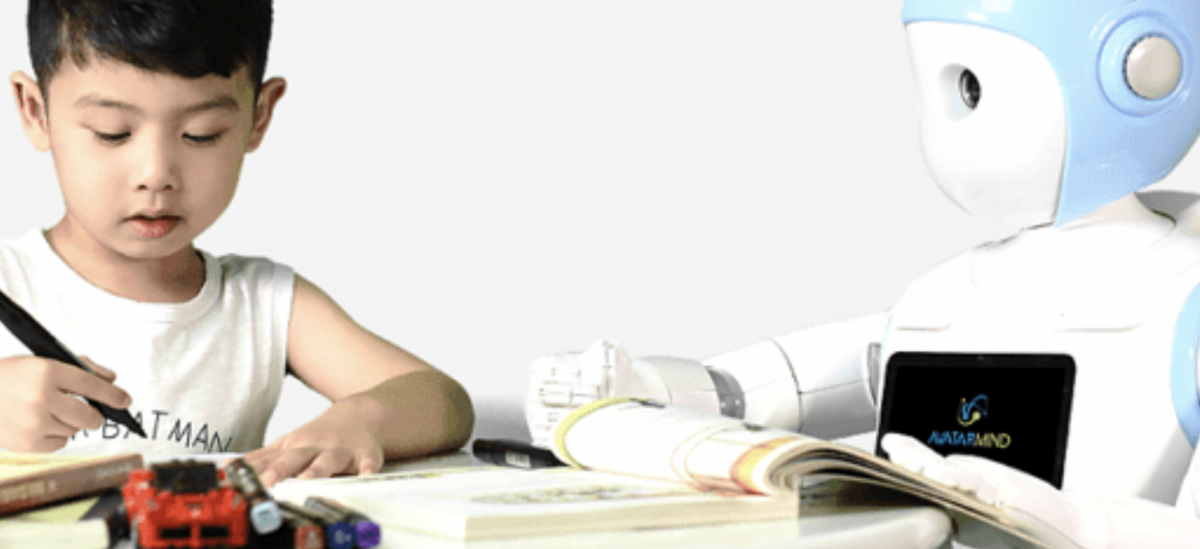The technological advancements of the 21st century are infiltrating the every aspect of society and our lives even from an early age. Nowadays, not only watch TV channels, but also YouTube and Netflix, among other, on smart TVs, tablets, and smartphones. Of course, this led to content being crated on these platforms that caters to babies and toddlers. But it does not stop there, as apps and even robots meant to replace the parents’ role in childcare appeared. As this can be a sensitive topic, it has society divided between those that support the idea and those who do not.
On the pro side, there are some who argue that an AI robot can help faraway parents feel closer to their children than screens can, while also being able to help the kids with their homework when the parents are away (ThinkML). Additionally, they can help in developing the child’s critical thinking ability and problem-solving skills.
On the con side, there are those who argue that significant time spent with robots during childhood can severely damage one’s emotional development, leading to children not learning how to express their emotions, communicate, or experience affection (ThinkML). Moreover, as young children can get too deeply attached with the robots, as they do with toys, leading to stressful situation in their lives.
For example, Bosco, a mobile app that feeds data collected regarding the children’s location, activities, and social networks to an AI, which uses this information along with the children’s gender, age, behavioral traits, and culture to build up behavioral profiles of them (Forbes, 2020). In turn the AI uses these profiles to forewarn parents regarding the online threats that their children might face. Another example of an AI-powered app for children is Muse, which asks daily questions to parents in order to aid in enriching the children’s lives. The AI-powered robot, RoBoHoN, shows potential for aiding in the development of children suffering from autism (ThinkML). It can start conversations and keep them going, while benefiting from a patience that humans lack.
In my opinion, AI and robotics should never fully replace parenthood, as human contact and interactions are vital for the child’s development, and their lack will pose challenges to the child’s integration is society. However, I do expect them to gain an increasing complementary role in childcare, like helping with watching over the children, or changing diapers, and even aiding in developing the children’s problem-solving skills and in parenting (apps like Bosco and Muse). Moreover, regardless the actual role of the AI or robot in the childcare process, the big ethical problem of data being collected is present, as companies using this data can gain behavioral profiles of potential consumers since an early age, and potentially even use it to target young children.
Sahota, N. (2020). AI Powered Parenting: Entering The Age Of Digital Childcare. Forbes. Retrieved 15/10.2022 from https://www.forbes.com/sites/neilsahota/2020/06/22/ai-powered-parenting-entering-the-age-of-digital-childcare/?sh=72125c176c53
ThinkML (2022). Robotics in Childcare: Benefits and Drawbacks. ThinkML. Retrieved 15/10/2022 from https://thinkml.ai/robotics-in-childcare-benefits-and-drawbacks/


